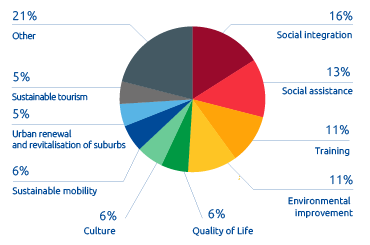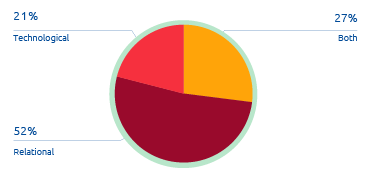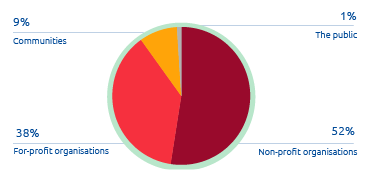Meeting the needs of a changing society
The impact of an innovative practice increases as the process of involving stakeholders who benefit from it becomes more inclusive.
Many believe that social innovation can be the most effective answer to the emerging needs and to the urgent pressures characterizing the society at the beginning of this century. It is a view supported by numerous examples of practices which permeates the world surrounding us, in very different contexts, having a positive impact on people’s lives. Examples include social housing and co-working, new forms of living and work places where spaces and services are shared. Sustainable-mobility services, such as car and bike sharing are now well-established in our cities, combining economic savings with environmental benefits. Even a sector apparently more conservative, like finance, is not immune to forms of social innovation: social-lending platforms collect financial resources to support ideas and projects that would otherwise be excluded from conventional funding circuits. What do these practices have in common and which are the distinctive characteristics of social innovation?
Today we are witnessing some evident social and demographic changes such as: increasing social and economic inequality, social exclusion, increasingly chaotic and unhealthy lifestyles, ageing of the population, school dropouts, limited access to education and training for youths and workers.
The purpose of social innovation is to satisfy a widespread need, hence to generate as much impact as possible. Solutions produced through social innovation are also economically sustainable, not evolved forms of assistance and above all, they are the fruit of cooperation and engagement of various players in society. In summary, their ultimate purpose is to create social and economic value for whomever promotes them.
Social innovation is a great opportunity to give concrete and pragmatic answers to the solutions to problems, developing new products and services that are also created thanks to new types of relationships and collaborations. Ideas, knowledge and on-line resources do permeate all aspects of social innovation from the design phase to the funding methods.
These few considerations are enough to appreciate the power of this new perspective, trying to use a new point of view to face the always upcoming changes over the horizon in relation to contexts with increasing and pervasive needs. It should be of no surprise therefore, if social innovation becomes the foundation on which the future society infrastructures will be built.
Snapshot of social innovation projects in Italy
Implementation frameworks

To get a picture of social innovation in Italy, it could be helpful to analyze the report “L’innovazione delle imprese leader per creare valore sociale” [Innovation by leading businesses to create social value] of the International Center for Research on Social Innovation (CeRIIS), conducted on a sample of 578 social-innovation projects in the country. It is a survey that sought out different types of situations and experiences able to innovatively meet social and/or environmental needs. The study led to numerous results.
Innovation projects are characterized by a variety of implementation frameworks, further demonstrating how these initiatives meet the needs of the territory concerned. Social integration, social assistance, training and environmental improvement are the areas on which approximately half of the ongoing projects are focused.
Type of innovation

An aspect highlighted by the above reasoning, and further corroborated by the survey results, is the type of innovation. In only one project out of five, innovation is only technological, in fact it is relational innovation that plays a predominant role. What is even more interesting is that nearly 40% of the innovation in this area is carried out by the private sector.
Thus we confirm that the evolution in the relationship between a company and its stakeholders, whether internal or external, is driven towards socially responsible behavior more than anything else.
Another interesting aspect concerns the modus operandi, which is how the actual situations lead to social innovation. Once again, the CeRIIS report answers to the question: more than half of the social innovation projects (54%) trace back to the sharing economy, a new business model promoting better informed customers increasingly oriented not to possess things, but to use them (car sharing, for example). The relational value emerges also in this case: if it is true that sharing is the basis of many social relationships, only in this historical period this method has reached such a big scale. It is a model able to expand, thanks to its ability to effectively merge social and economic aspects, guaranteeing long-term economic-financial sustainability.
Actuators of relational-innovation projects

And this encompasses the two aspects that probably more than any other have drawn businesses towards social innovation: the relational aspect and proximity to the territories as a mean to strengthen their reputation and freedom to operate responsibly on one hand and on the other hand the ability to translate the social “results” into economic results, which remains the key factor for corporate sustainability in the long term.